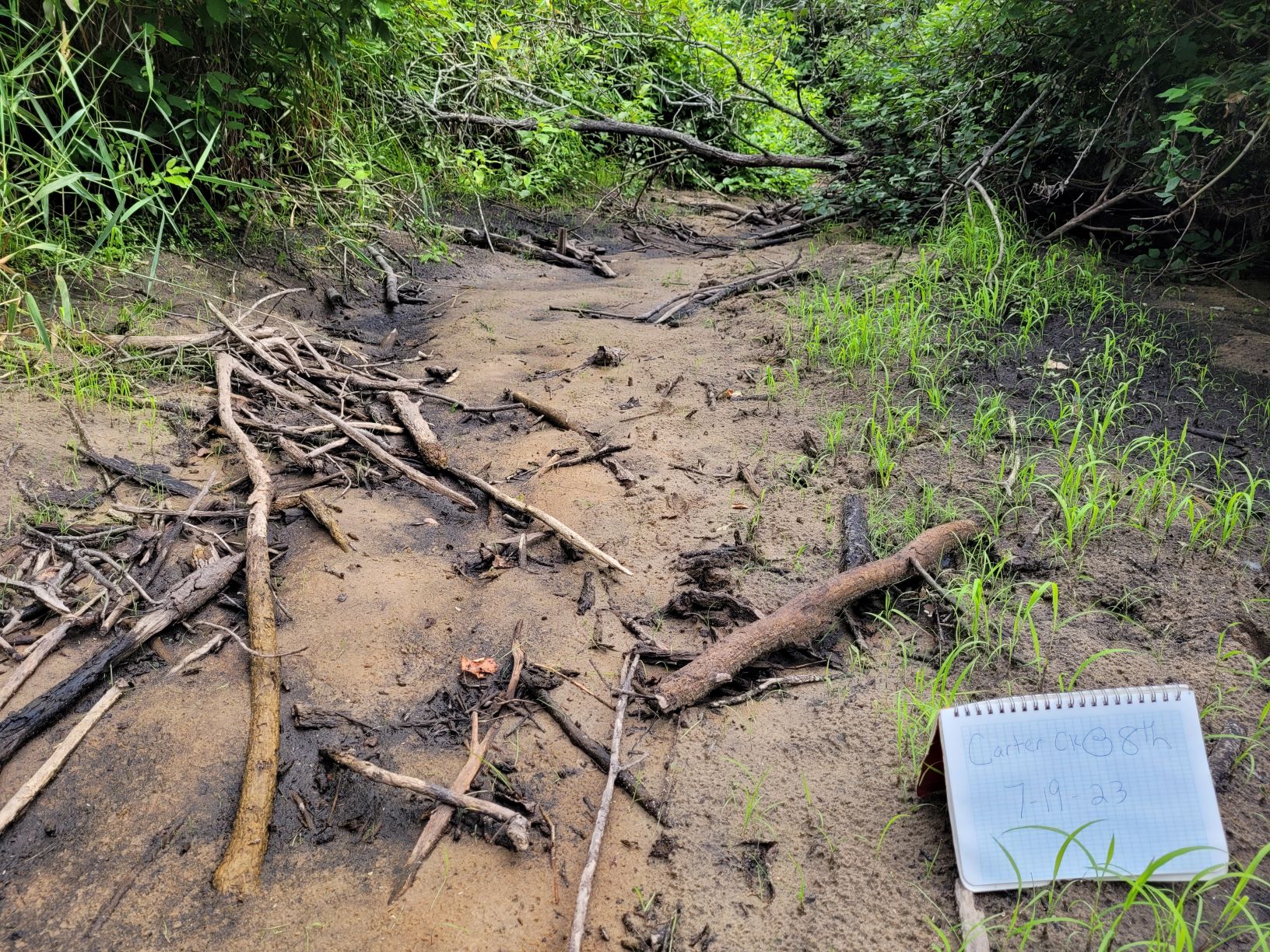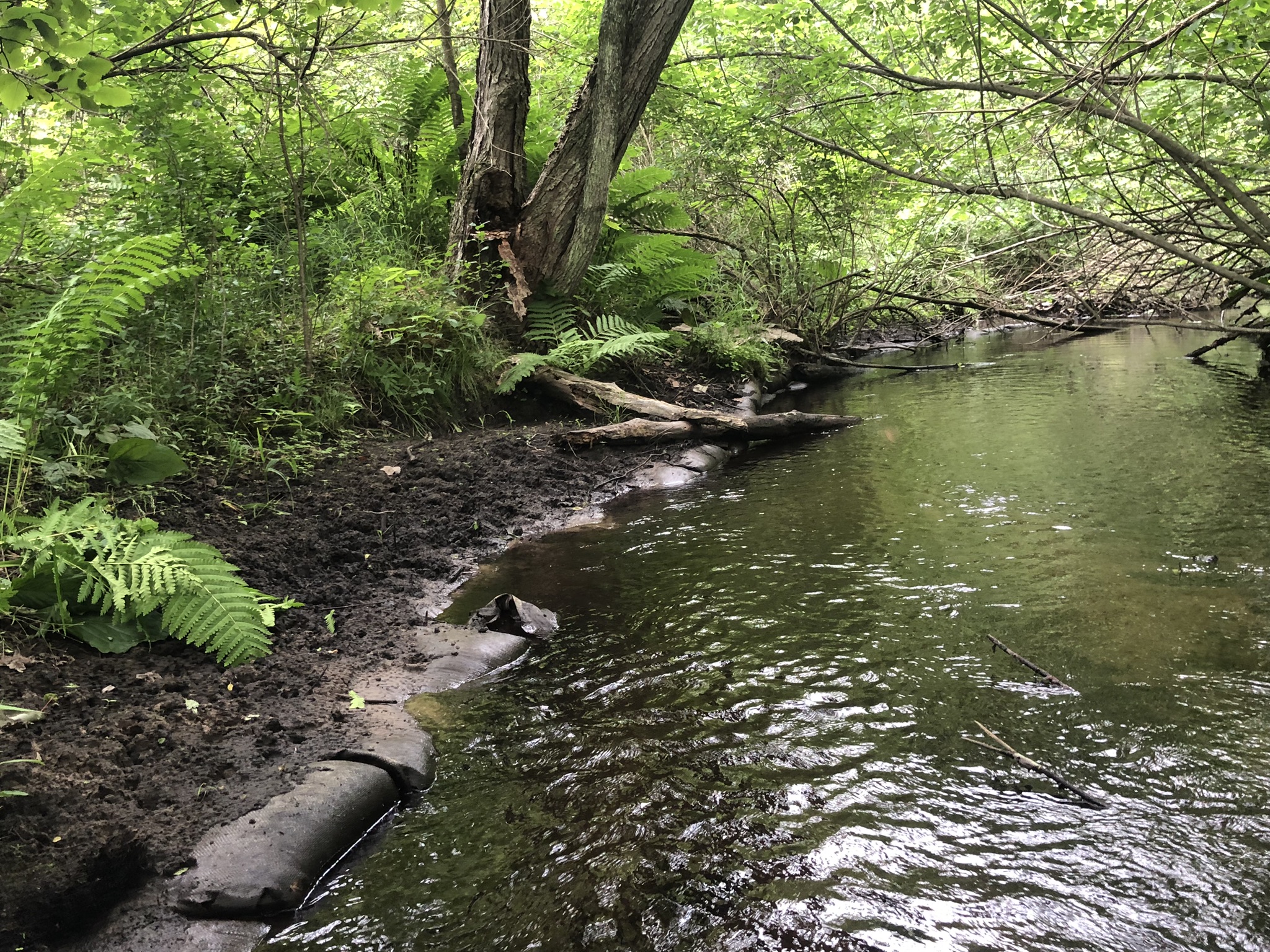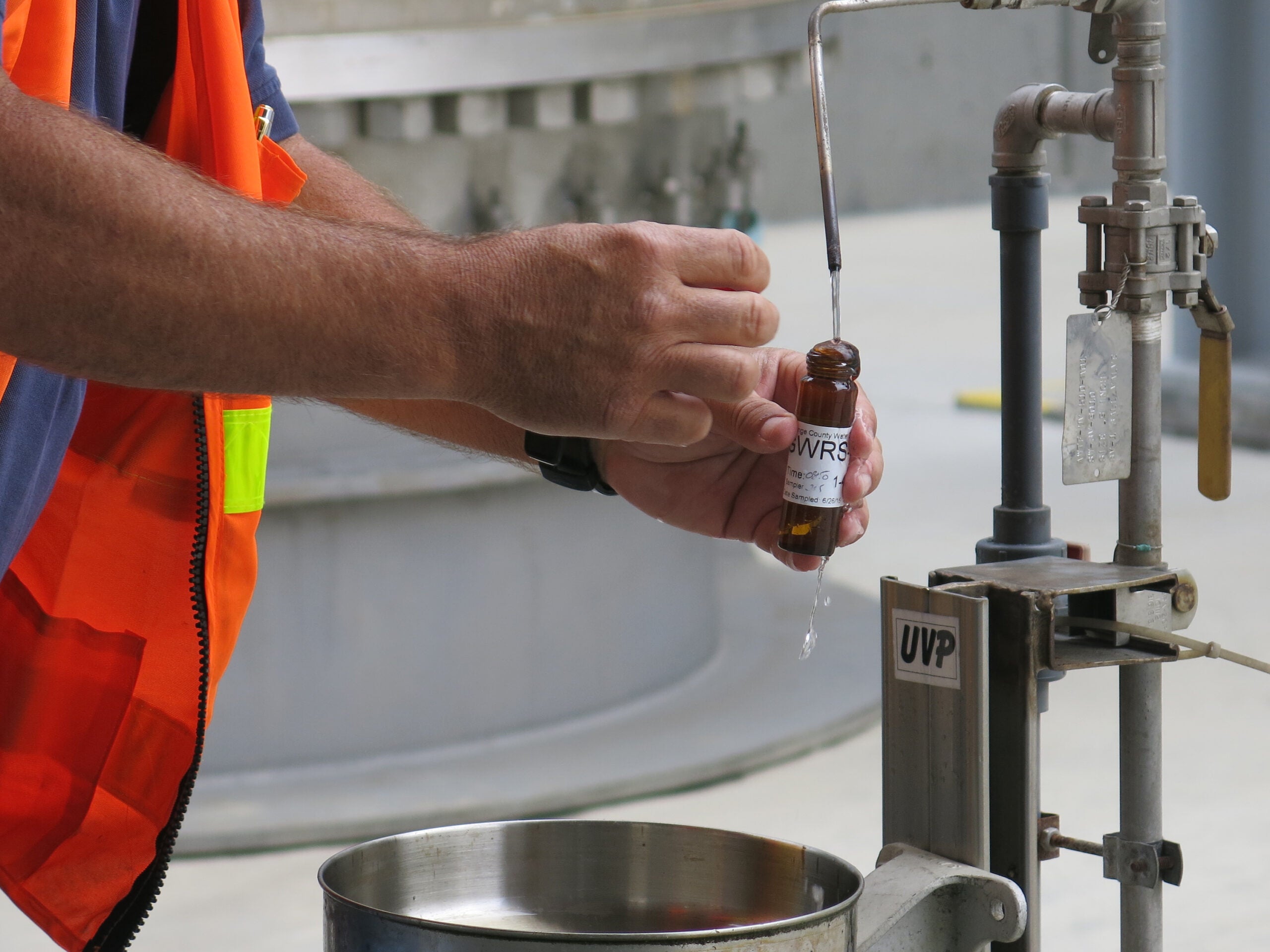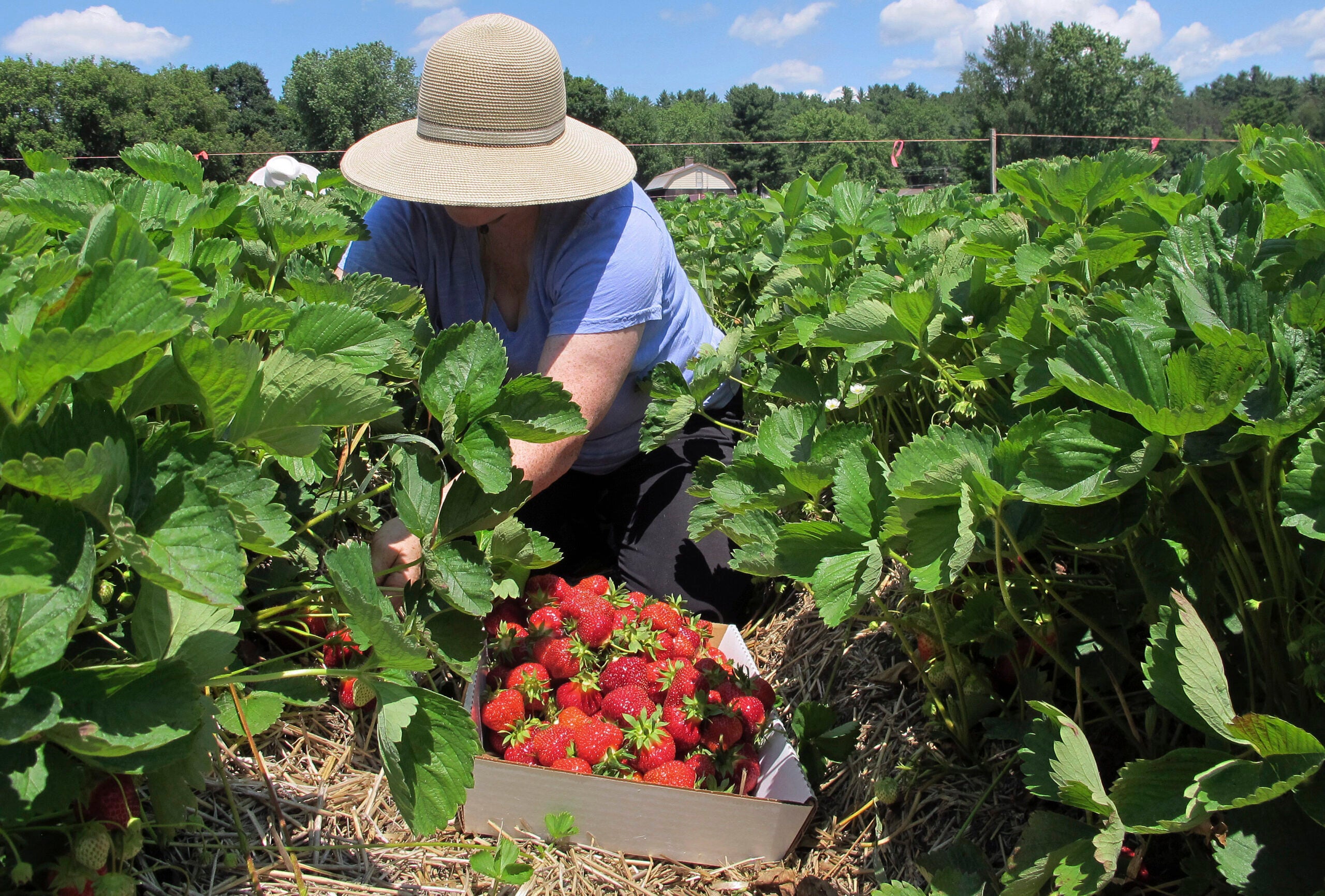The DNR is developing a new computer model to help better understand, and perhaps save, the troubled Little Plover River in central Wisconsin.
The Little Plover River is a Class-1 trout stream that that often stops being a stream at all during dry, hot summers. Larry Lynch is a hydrologist with the DNR: “The Little Plover River has been experiencing extremely low flows for probably around the last 8-10 years, and in some years actually drying up in stretches.”
Lynch is developing a new computer model, which will allow the DNR to better understand how the river is affected by the porous geology of Wisconsin’s Central Sands region, and by the high capacity wells used to irrigate the surrounding potato and vegetable fields. “We can simulate different pumping rates, different pumping locations. We can simulate weather conditions, different field conditions, for instance different crops, different irrigation rates.”
Stay informed on the latest news
Sign up for WPR’s email newsletter.
The irrigation and high capacity wells have been blamed for the Little Plover dry-ups by UW-Stevens Point Natural Resources Professor George Kraft, based on a model he developed to study the region’s water table. Larry Lynch says the new computer model will build on Kraft’s research. “George’s model, again, led to a great deal of understanding of the river and the entire Central Sands plains and how irrigation may be affecting surface waters in the area. But the model has some limitations, and what we want to do is build off of that model.”
The DNR hopes that by better understanding the water table, a plan can be created to return a fabled Wisconsin trout stream to its former glory.
Wisconsin Public Radio, © Copyright 2024, Board of Regents of the University of Wisconsin System and Wisconsin Educational Communications Board.





